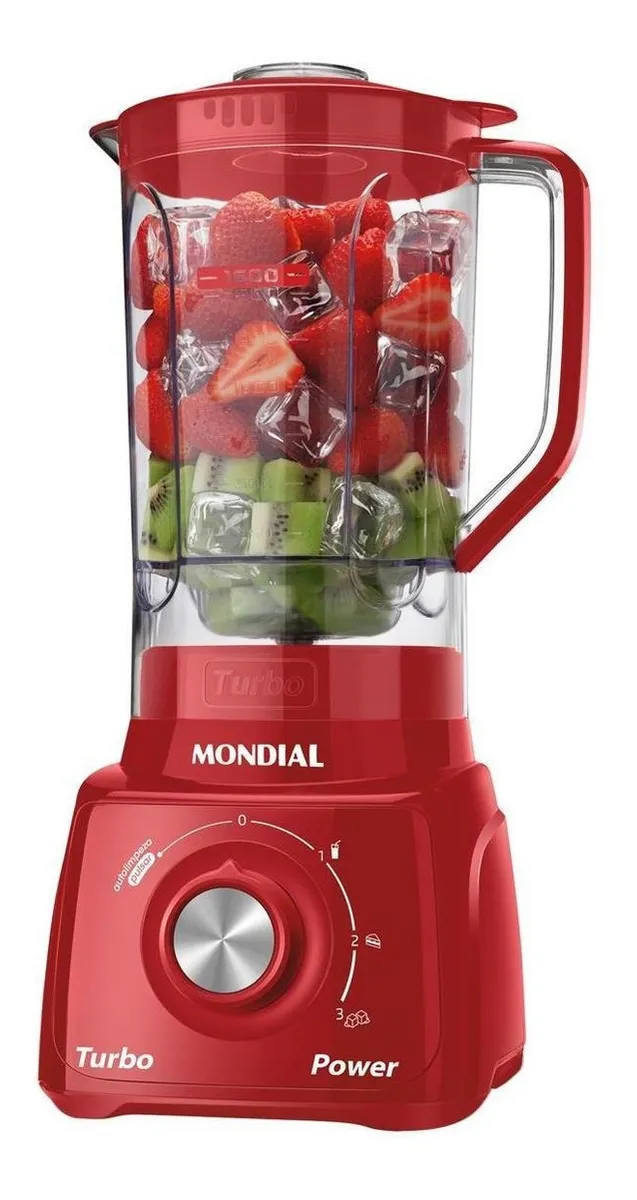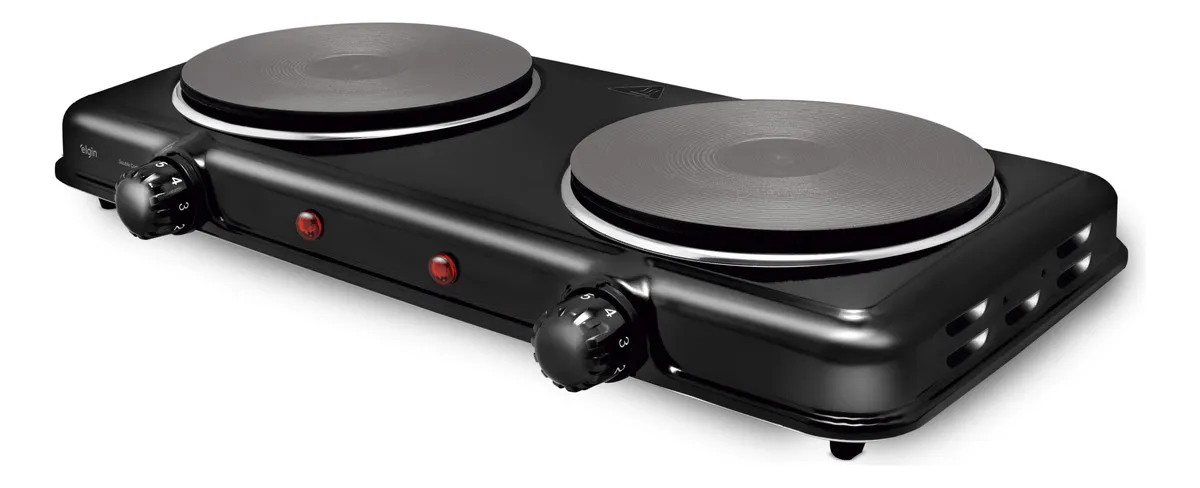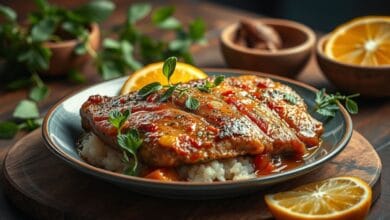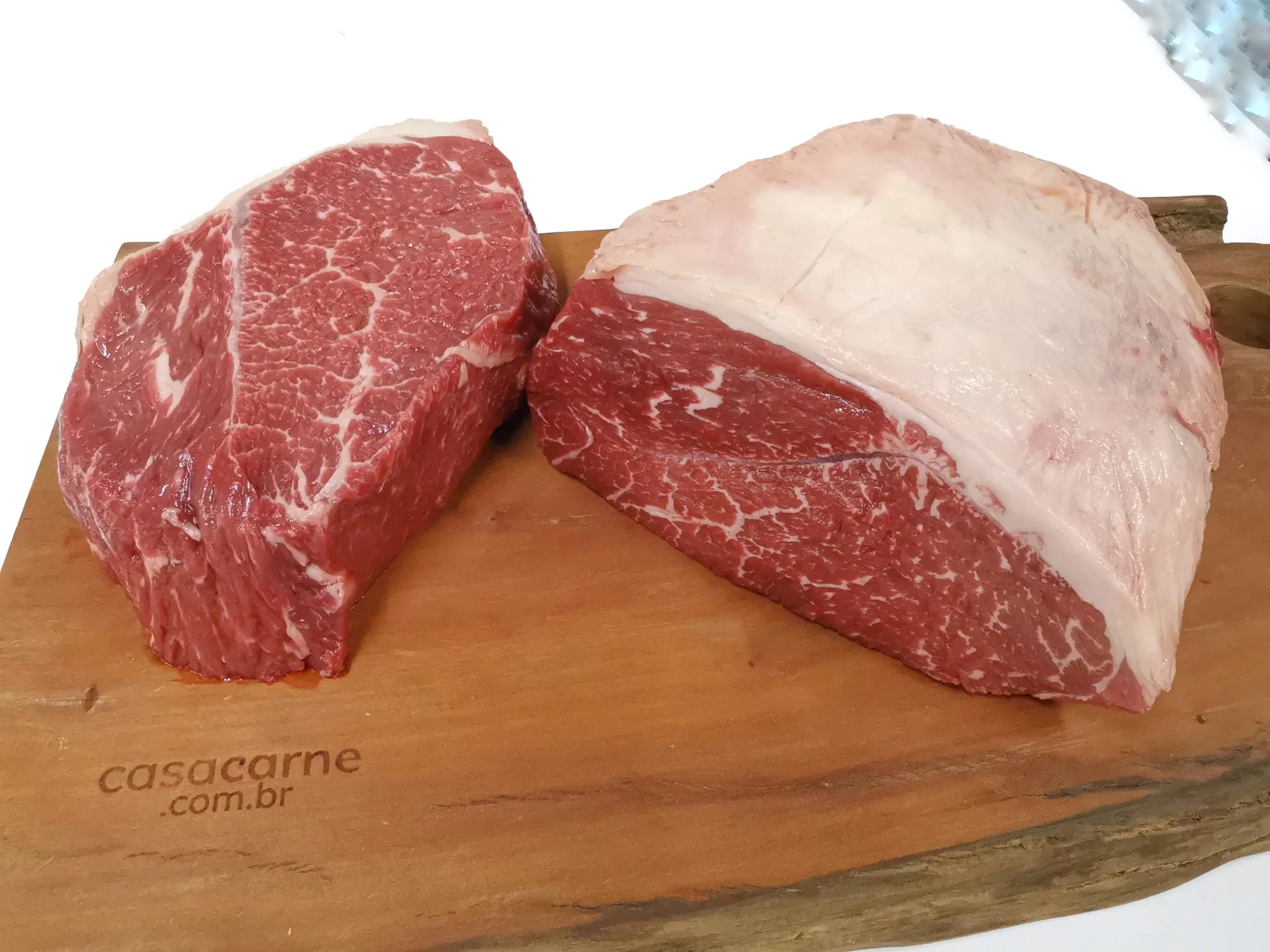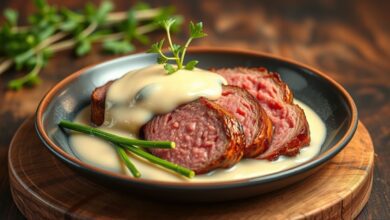Why Does Pork Crackling Burst? Tips to Avoid Bursting During Frying
Who has never complained about pork cracklings popping during frying? The famous snack, which pairs perfectly with tropeiro beans, feijoada, or even as an appetizer, can be a real challenge when it comes to frying without accidents. The good news is that you can prevent the pork cracklings from popping and, as a bonus, ensure crispy and juicy pork cracklings. In this post, we will explain what causes the popping and how to avoid this problem so you can enjoy the best pork cracklings without worrying about burns.
Why Do Pork Cracklings Pop?
The most common reason for pork cracklings popping is related to the presence of moisture in the meat. When the hot fat comes into contact with water or steam present in the meat, vapor bubbles form quickly and break through the surface of the pork cracklings’ skin, causing those famous “pops” and splashes of hot oil.
Each time you fry, the pork cracklings may pop due to:
- Accumulated Water: The skin of the pork cracklings contains a lot of moisture. When this moisture turns into vapor due to high temperature, it breaks the surface, causing the popping.
- Wet Surface: When the pork cracklings are taken out of the refrigerator, the surface of the meat may be wetter, which also contributes to popping.
- Excessive Temperature: The pursuit of the perfect crispiness often leads people to fry at very high temperatures, which speeds up vapor formation and increases the risk of popping.
- Fat with Moisture: Even the fat of the pork cracklings can contain water, which worsens the problem. Therefore, it is important to ensure the pork cracklings are well dried and cut into uniform pieces to avoid moisture buildup.
How to Prevent Pork Cracklings from Popping While Frying: 4 Foolproof Tips
Now that you know what causes the popping, it’s time to learn how to avoid these accidents and prepare crispy pork cracklings without fat splattering. Check out the tips to fry pork cracklings without popping!
1. Try Making Pork Cracklings in a Pressure Cooker
Did you know that frying pork cracklings in a pressure cooker can be a solution to avoid popping? Although this method is not traditional, it helps minimize the mess. By using the pressure cooker lid, you create a kind of “shield” against splashes, making frying safer. The secret is to use the cooker without the rubber seal and fry over low heat, stirring every 5 minutes to ensure the fat is well distributed.
2. Dehydrate the Skin of the Pork Cracklings
Dehydrating the pork cracklings’ skin before frying is one of the best ways to reduce the risks of popping. To do this, spread coarse or fine salt over the pork belly skin and leave it in the refrigerator for a few hours (ideally 24 hours). The salt will help extract the moisture, and the meat will be drier and ready to fry without causing splashes.
Important Tip: When frying, remove excess salt and thoroughly dry the skin with a paper towel. This step is essential to ensure the pork cracklings turn out crispy and without popping.
3. Use Thermal Shock to Prevent Popping
Although it may seem strange, thermal shock can be a great technique to prevent popping during frying. By quickly cooling the surface of the pork cracklings, you create a temperature difference between the interior and the skin, reducing the potential for vapor formation.
Here are two ways to apply thermal shock to pork cracklings:
- Cooling at Room Temperature: Remove the pork cracklings from the fat and let them cool completely before placing them back in the hot fat.
- Thermal Shock with Cold Water: After frying the pork cracklings for a few minutes, remove them from the fat and add a glass of cold water to the pan. This will cause a sudden drop in temperature, releasing vapor without causing pops.
This method works better when you use the pressure cooker, as it helps control splashes more effectively.
4. Fry with Lard and Stir Constantly
A Lard is the traditional fat used to fry pork cracklings and, when compared to vegetable oil, has a higher smoke point, allowing frying at higher temperatures without the pork cracklings burning or popping easily.
Moreover, it is crucial to stir constantly the pork cracklings during frying. This helps release vapor that accumulates in the meat and prevents it from turning into dangerous pops. Pay special attention when the pork cracklings stick to the bottom of the pan, as this can intensify vapor release.
What to Avoid During Pork Cracklings Frying?
- Do Not Cover the Pan: Avoid covering the pan while frying pork cracklings. This can create a large amount of water vapor that, when contacting hot oil, can cause severe popping. Always leave the pan uncovered to allow vapor to escape safely.
- Do Not Fry at Very High Temperatures: Frying pork cracklings at very high temperatures can accelerate vapor release and cause popping. Fry over medium heat to ensure more controlled frying.
Conclusion:
Now that you know why pork cracklings pop and how to avoid this problem, you will be able to prepare the best crispy pork cracklings without fear of splashes. By following these simple tips, you minimize risks and also ensure your pork cracklings are juicy and perfect. Try it at your next feijoada or barbecue and share with friends!
Did you like these tips? Then share them with those who also love preparing pork cracklings and don’t forget to follow the CanalCozinha for more culinary tricks! See you next time!

